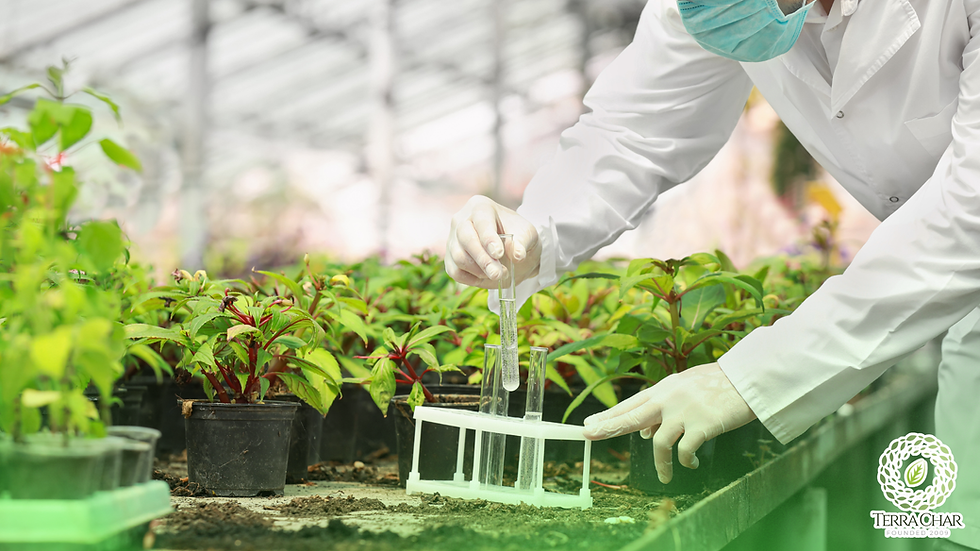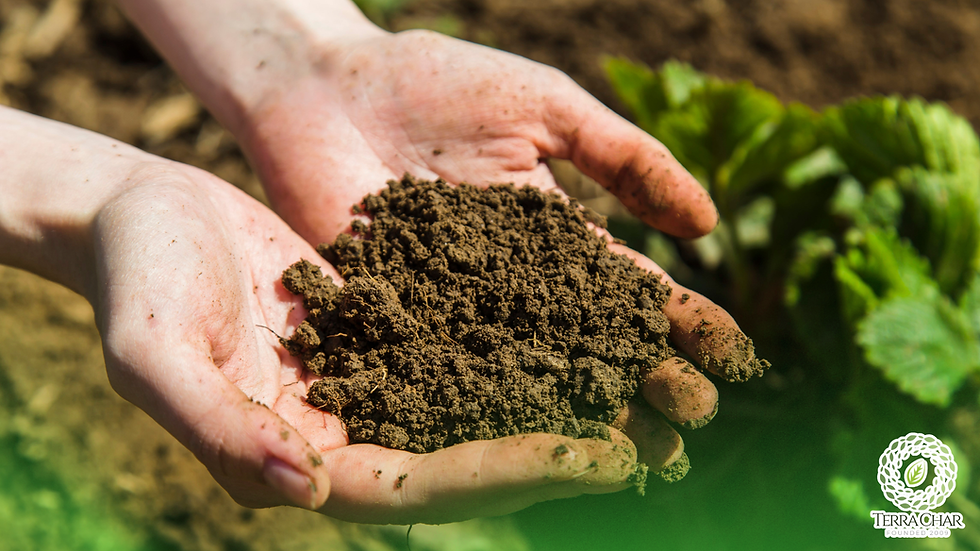Biochar and Climate Change in 2025: How Carbon Capture Starts in the Soil
- Terra Char News

- Nov 17
- 1 min read

The conversation around climate change in 2025 often centers on emissions—how much carbon we release, how quickly we can decarbonize industries, and how to transition away from fossil fuels. Yet one of the most powerful solutions lies beneath our feet: the soil. With the help of biochar, the ancient carbon-rich material now supported by modern science, we can turn agricultural waste into a long-term climate solution while rejuvenating our land.
Biochar is created through pyrolysis, a process that heats organic biomass such as wood, crop residues, or sugarcane bagasse in a low-oxygen environment. The result is a stable, porous form of carbon that can remain locked in the soil for hundreds to thousands of years. This permanence makes biochar one of the most effective tools for carbon sequestration, helping to draw down atmospheric CO₂ and prevent it from re-entering the atmosphere.
When applied to the soil, biochar offers dual benefits: it improves fertility while storing carbon safely underground. Its sponge-like structure allows it to retain water and nutrients, creating better growing conditions for crops and reducing the need for fertilizers. This balance between productivity and environmental protection is the foundation of regenerative agriculture—a system where farming actively heals ecosystems instead of depleting them.
At TerraChar®, this vision drives our work. Through advanced biochar production at our Missouri and Florida facilities, we transform waste streams into climate-positive materials that make soils more resilient, crops more productive, and the planet more stable.
The path to reversing climate change doesn’t start in the air—it starts in the soil, with every acre enriched by biochar’s lasting power.


Comments